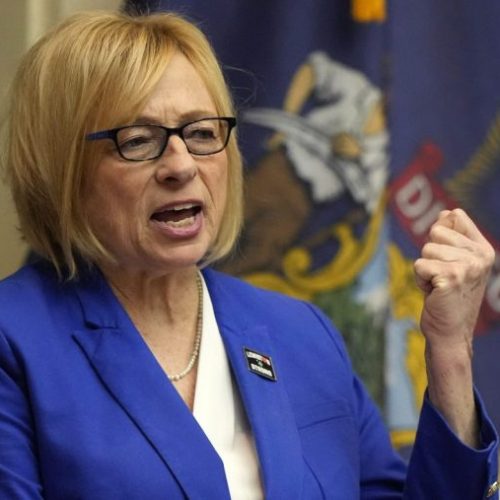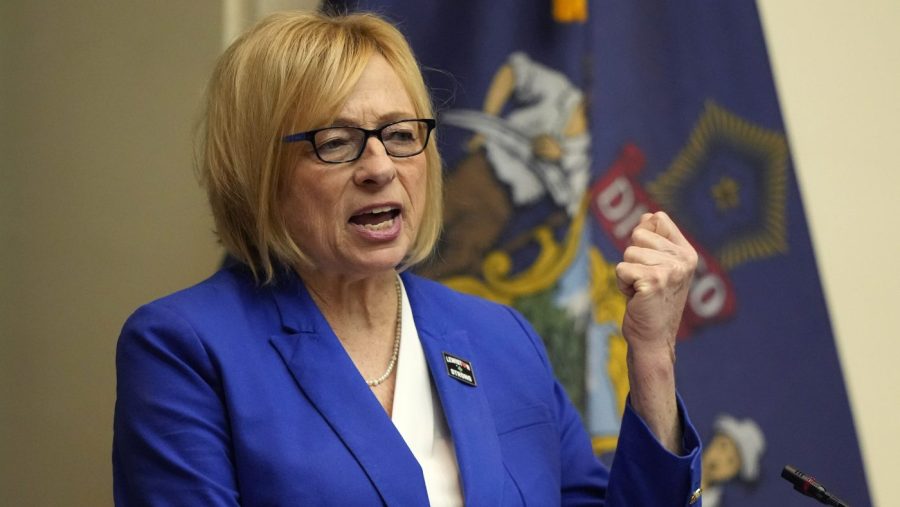House and Senate Republicans are at an impasse over how to advance President Trump’s legislative agenda, with both chambers proposing different approaches to passing key priorities through the budget reconciliation process.
Key Points:
House Republicans released a budget resolution aiming to package Trump’s entire agenda into “one big, beautiful bill.”
The Senate is pursuing a two-step approach, starting with border security and defense funding.
Both chambers must ultimately agree on a single budget resolution to unlock reconciliation powers.
House Proposal:
The House budget blueprint calls for:
Up to $300 billion more for border security, immigration enforcement, and defense.
A tax package with a net cost of up to $4.5 trillion.
A $4 trillion increase in the statutory debt limit.
At least $1.5 trillion in spending cuts.
Senate Proposal:
The Senate Budget Committee advanced a resolution that:
Focuses initially on border and defense funding.
Allocates $345 billion in new border and defense spending over four years.
Delays sweeping tax and spending cuts for a potential second reconciliation bill.
Why It Matters:
This standoff could significantly impact the implementation of President Trump’s agenda. The reconciliation process allows Republicans to bypass the Senate filibuster but requires agreement between both chambers. The differing approaches reflect internal party debates over priorities and fiscal responsibility.
Background:
Budget reconciliation is a legislative process that allows certain budget-related measures to pass with a simple majority in the Senate, avoiding the 60-vote threshold typically required to overcome a filibuster. This tool has become increasingly important for passing major legislation in a politically divided Congress.
Public Opinion:
A recent Pew Research Center survey found that the American public is evenly divided on the potential impact of Trump’s new administration:
41% believe it will improve federal government operations.
42% think it will make things worse.
Partisan Perspectives:
Republicans generally support Trump’s plans and policies, with 67% backing all or most of his agenda.
Democrats overwhelmingly oppose Trump’s proposals, with 84% supporting few or none of his policies.
Next Steps:
Both chambers will need to reconcile their differences to move forward with the reconciliation process. The House Budget Committee is scheduled to vote on their resolution, while the Senate continues to debate its approach. Negotiations between House and Senate leadership will be crucial in determining the final strategy for advancing Trump’s legislative priorities.









